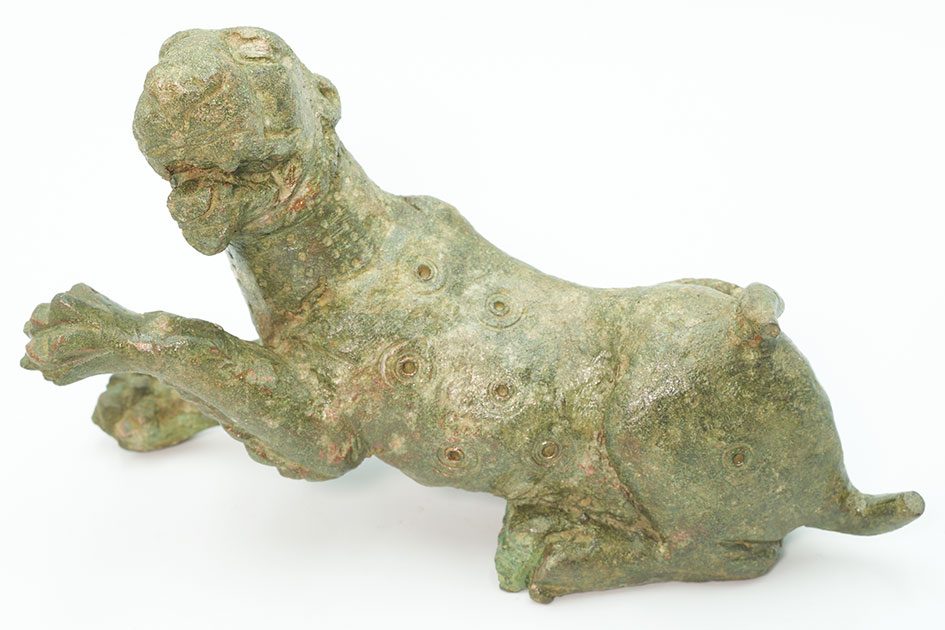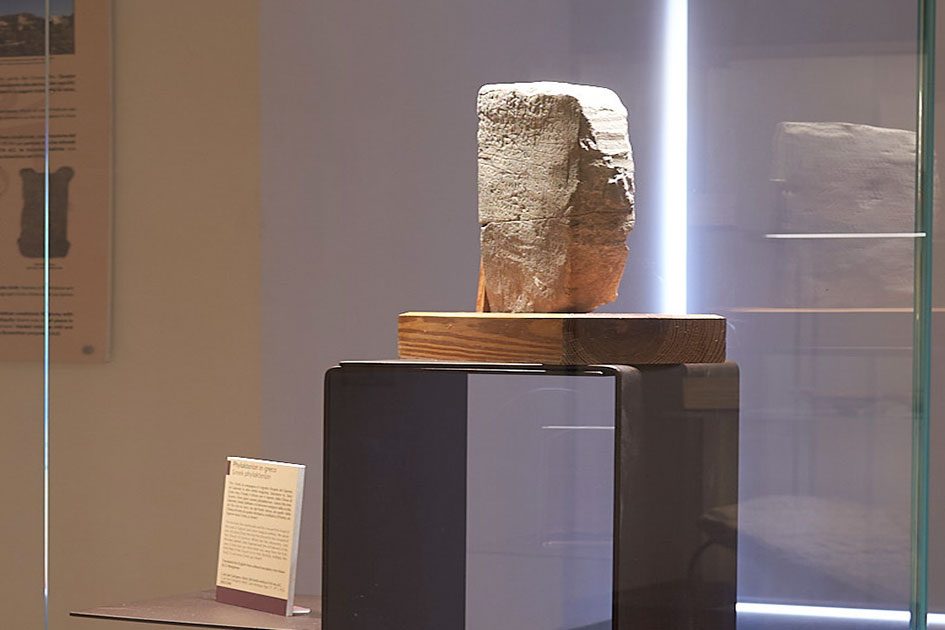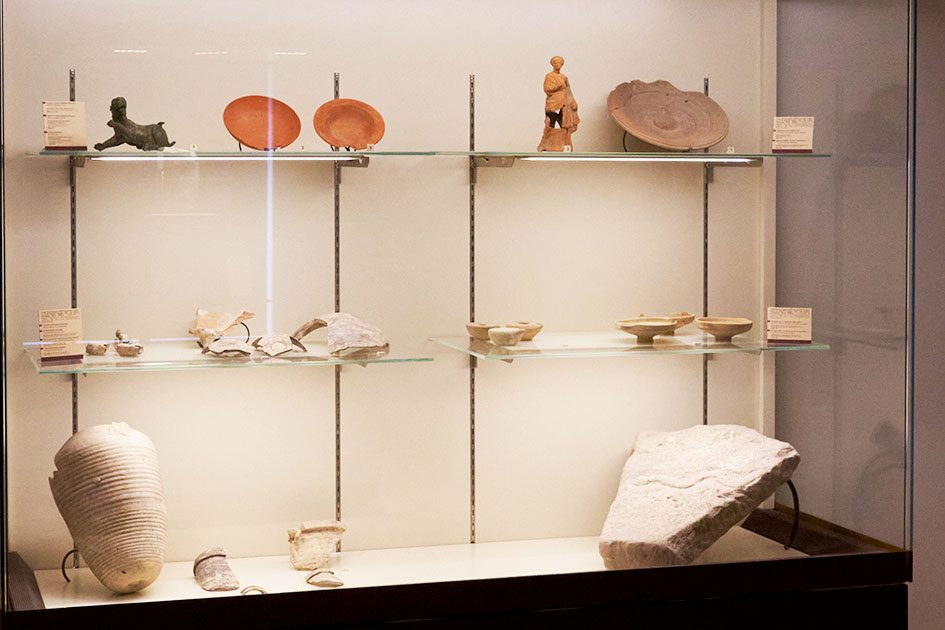Eight kilometres NW of Noto Barocca lies Monte Alveria, a heart shaped hill, surrounded by the deep quarries of Salitello, Carosello and Durbo. Underneath Mount Alveria flows the Asinaro River, which was linked to the sea.
It was the site of the town of Noto Antica, destroyed by the earthquake in 1693. The oldest evidence dates back to the Lower/Middle Palaeolithic and Neolithic periods.
In 1894 and 1896 Paolo Orsi identified a Sicel settlement from the Early Iron Age, exploring approximately 500 quadrangular rock-cut chamber tombs, where he found brooches, small high-necked pitchers and bowls.. The foundation of Syracuse in 734 – 733 B.C. marked a phase of decline for the site in favour of the village, which was more protected than the Monte Finocchito.
“Ai Ginnasiarchi Aristionos, figlio di Agatarco, e Filistionos, figlio di Epikrateos, i giovani Ieronici (dedicano)”
The Gymnasium
Squeezed between Helorus and Akrai, Monte Alveria was Hellenised, becoming the Greek town of Néaiton, mentioned for the first time in 263 B.C. when it became part of the kingdom of Syracuse by the treaty between Rome and Hiero II.
Its relationship with Syracuse is attested by the presence of the Gymnasium, identified by an inscription.
The agora, two temples, the Hellenistic walls, necropolises with pit tombs and the heroa, places of worship dedicated to the heroised dead, date back to this period.
From an imperial necropolis in the Pastuchera district, an epigraph with an inscription comes from.
Even if the sources often mentioned Netum, very few traces remain from the Roman and Late Antique periods.
To the north-east of the town, there are a dozen hypogaea and the Christian Catacomb of the Hundred Mouths, the Grotta del Carciofo with the Jewish tombs with menoroth.. Beneath the Southeast Sicilian necropolis, some Byzantine arcosolium tombs are situated, while a Byzantine cemetery was identified in S. Calogero.
The town was then conquered by Arabs in the year 864.
Nowadays, archaeological excavations in the southeastern area of Noto Antica, known as the Chiusa Poliseo/Goliseo, are being carried out by a research group from the University of Naples Federico II.


